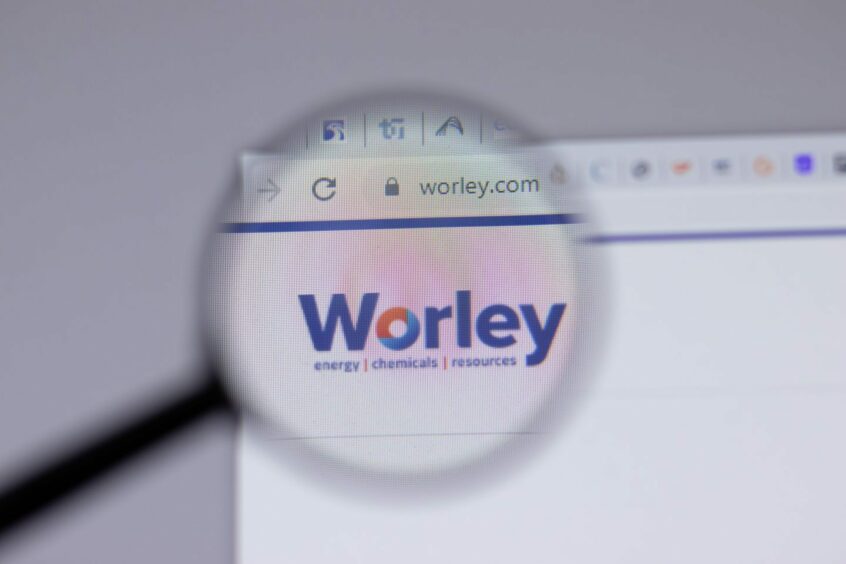
Australian-listed engineering company Worley (ASX:WOR) will provide front-end engineering and design (FEED) services for the Santos-led proposed giant carbon capture and storage (CCS) project offshore East Timor.
Under the contract, Worley will provide FEED services for the Bayu Undan offshore facilities and pipeline, the company said in a statement. This includes the re-purposing of the Bayu-Undan facility and the offshore section of the gas export pipeline from hydrocarbons to carbon dioxide (CO2) service.
Worley said it will also provide FEED services for the life extension of the Bayu-Undan facility and pipeline to enable continued safe and reliable operation.
The Bayu-Undan CCS project is expected to store up to 10 million tonnes of CO2 per year,
equivalent to about 1.5% of Australia’s yearly carbon emissions, noted Worley. The project has the potential to be one of the largest CCS projects in the world.
The professional services will be executed by Worley’s office in Perth, Australia, with support from the company’s global teams.
“We are excited to strengthen our relationship with Santos and support this important carbon capture and storage project. This project is one of the ways we are helping our customers to decarbonise and repurpose existing assets as we deliver a more sustainable world,” said Chris Ashton, Chief Executive Officer of Worley.
Bayu-Undan is located 500km offshore Darwin, Australia, in the Timor Sea, and is 250km south of East Timor in waters 80 metres deep.
Santos has proposed to use the Bayu Undan reservoir for capturing and storing carbon dioxide (CO2) from a new field it is developing off north-western Australia, the $3.6 billion Barossa project, where the gas has a very high CO2 content compared to other projects in the region. Gas from Barossa will be processed at the Darwin liquefied natural gas (LNG) terminal in northern Australia for export to countries, such as Japan and South Korea, which are demanding cleaner gas to meet their net-zero aspirations.
Barossa is due to start pumping gas in 2025, and Santos has said it expects Bayu Undan CCS to be ready when the field starts up.
Currently, around 40 million tonnes of carbon dioxide (CO2) is captured and stored every year. It sounds like a lot. But according to the International Energy Agency (IEA), annual CCS expenditure has tallied less than 0.5% of global investment in clean energy and efficiency technologies.
This needs to increase. Modelling by the IEA shows that to achieve net-zero emissions by 2050, CO2 removal needs to increase around 100 times.
Moreover, the IEA estimates that CCS must stop around 29 billion tonnes of cumulative CO2 from being emitted in the cement, iron, steel and chemical sectors alone by 2060. This means CCS technologies should contribute to at least 14% of the world’s cumulative CO2 reduction by 2060 to comply with the United Nations Sustainable Development Scenario.
These ambitions require investment of over US$9 trillion in carbon capture systems over the next four decades, reckons the IEA.
